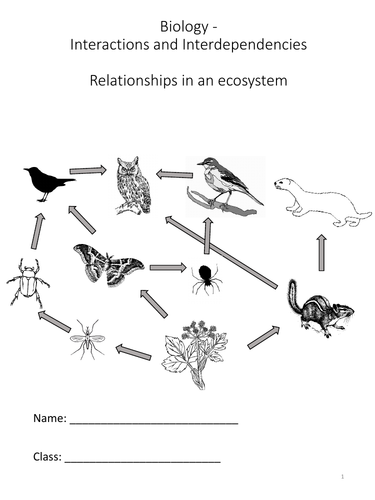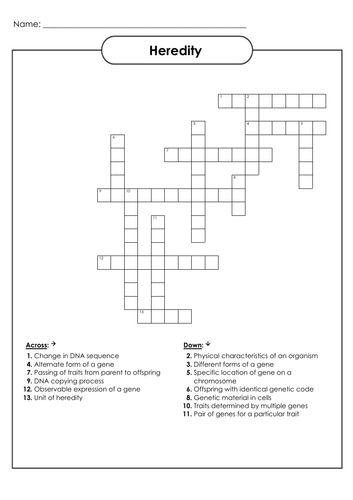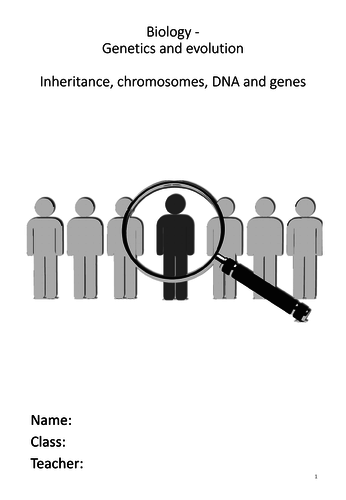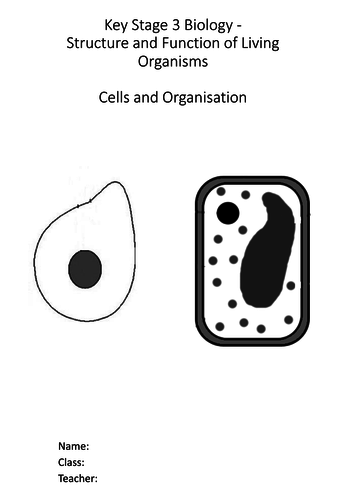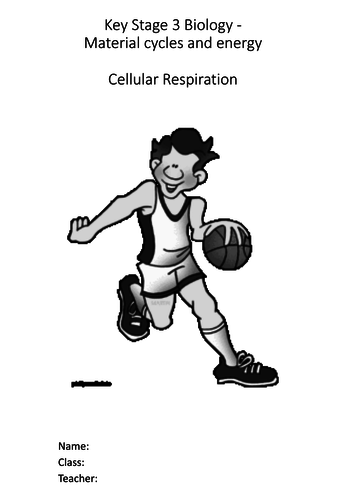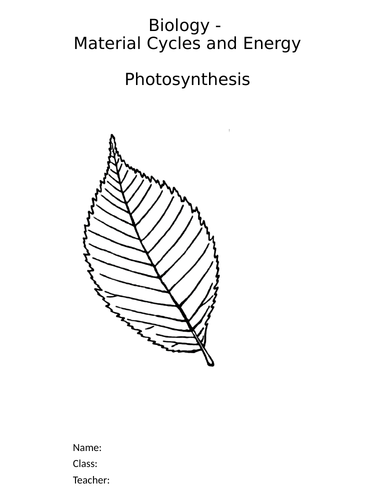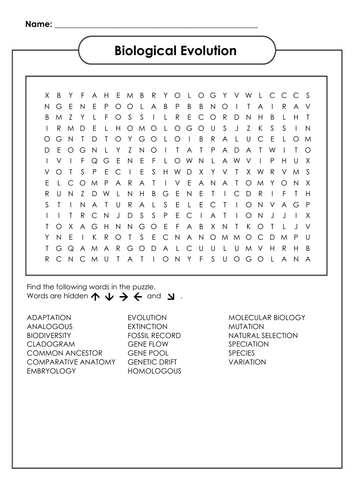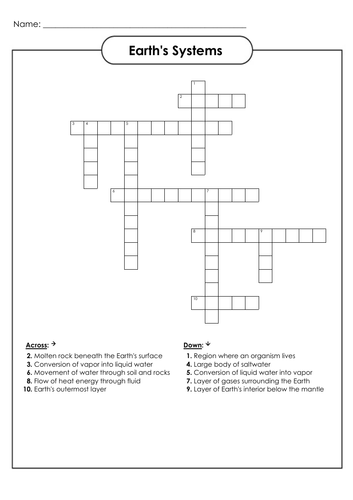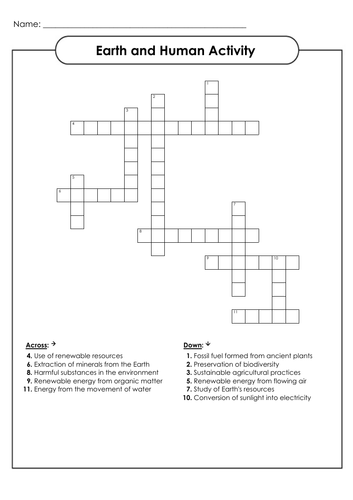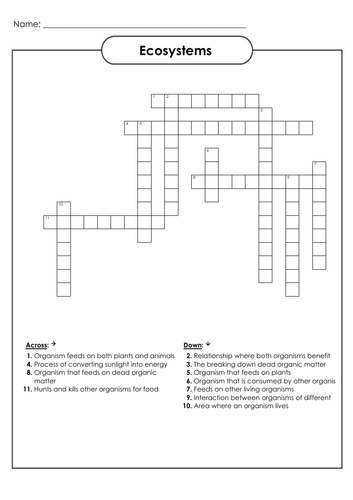Dmcl31's Shop
I provide Science resources (Chemistry, Physics and Biology) for the age range of 10-14. Focused on an introduction to various topics. My booklets can be easily printed off to be given to the class as a workbook for that topic. With the guidance of the class teacher this becomes at complete set of notes for that topic.


